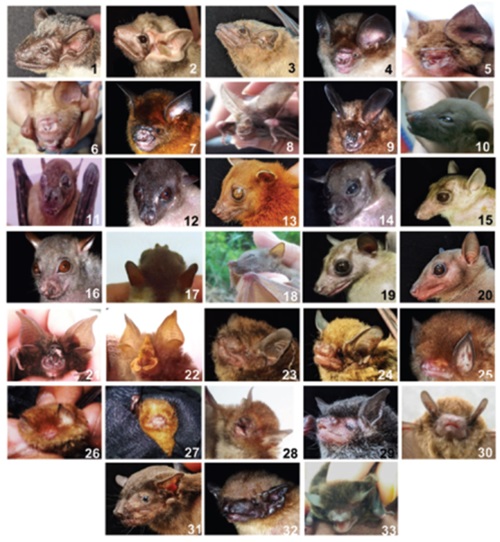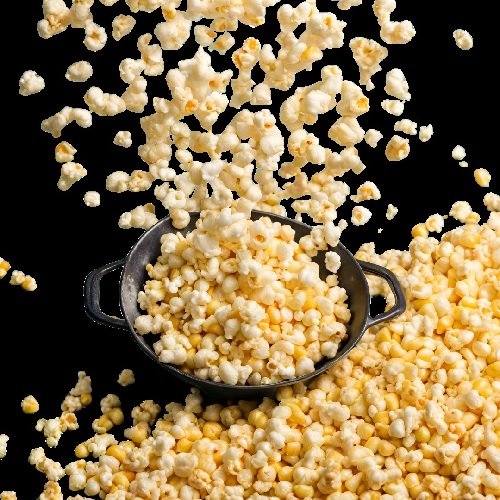Malaysia is rich in natural resources. It is known as one of the world’s 17 mega biodiversity-rich countries. Hence, Malaysia is committed to conserve biological diversity and to promote sustainable use to ensure fair and equitable sharing of the benefits arising from the utilization of these biological resources. Furthermore, there are approximately 1300 plants with potential medicinal properties that can be used as traditional medicines. Many of these plant species are indigenous to Malaysia, thus making them a natural asset that is truly worth conserving. Moreover, plants and plant products have also been incorporated as part of the component of many modern commercial drugs.
Curculigo latifolia is a stemless herb that grows wild in Western Malaysia, which belongs to the Hypoxidaceae family, and the main genera that belong to this family are called as Curculigo and Hypoxis. It is a shrub tree where the leaves size is up to 70 cm including the pseudopeptiolate base. The fruit which can be found at the apex of the plant is white when it is ripe. C. latifolia can widely be found grows in West Malaysia, Southern Thailand, Indonesia, and Borneo (Shirasuka et al., 2004). It grows mainly under a shaded area. To date, there are approximately 20 known species of Curculigo. The genus has four major species, namely as C. laphorn, C. capitulations, C. racemes, C. orchioides.
In Malaysia, C. latifolia is also known as Lemba or Lumbah among local community. Traditionally, Curculigo has been used as internal medicine against fever and as wound healing. The rhizome is made into decoctions with Areca catechu and used to treat menorrhagia. It can also be mixed with Hibiscus rosasinensi and applied as a lotion for treatment of ophthalmia. The roots and flowers are used in combination as stomachic and diuretic to relieve genito-urinary disorders. In the recent studies, C. latifolia has been identified to exhibit antidiabetic properties through cell and animal studies. The presence of bioactive compound such as curculigoside in fruit and root extract of C. latifolia has been revealed to modulate lipid and glucose metabolism in experimental diabetic rats after 30 days treatment. The C. latifolia rhizome showed the significant antioxidant activity while the leaf extracts exhibited antimicrobial activity against selected bacteria. The most interesting part of this plant is the sweet taste of its fruit. The curculin protein found in the fruit is responsible in elicit the sweet taste and the sweet taste is 9000 sweeter than normal glucose. Besides, it also has taste-modifying activity that converts the sour taste into sweet taste. With these properties, C. latifolia can be designed as alternative sweetener in replacing the table sugar. It can also be used as alternative sweetener among diabetic patients. Together with these properties, C. latifolia can be used as nutraceutical and alternative medicine in preventing and treating diabetes related disease.

Figure 1: Figure shows Curculigo latifolia plant (a), fruit (b), flower (c) and root (d).
By: Dr Nur Akmal Ishak
Tarikh Input: 11/05/2023 | Kemaskini: 16/05/2023 | emma
PERKONGSIAN MEDIA



























